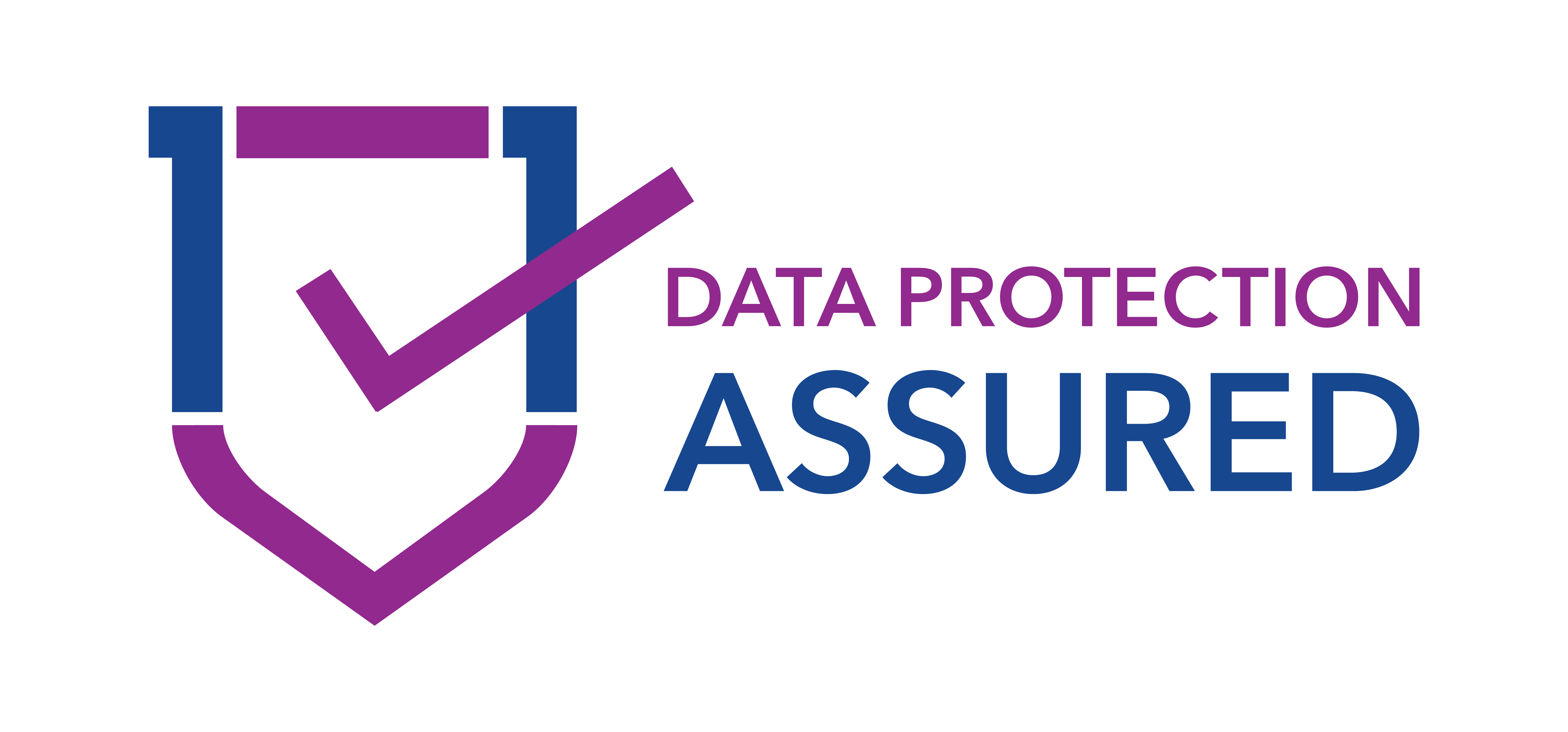

What is happening in the markets?
There is currently a lot of fear in the market, and this fear has resulted in mass panic selling. Markets have fallen heavily in January and February. The Year to Date returns of the MSCI All Country World Index (ACWI) has fallen by 8.29% as of 12 April 2022. For the past two years, there have been numerous sell-offs but none were as significant as the current one. The burning question on everyone’s mind currently is – “What should we do? Should we stay, or should we run?” At times like this when the market is extremely volatile, we need to take a step back and remind ourselves of some timeless pointers which have withstood the test of time.

What caused the selloffs?
Before we embark on the prognosis, let us examine the diagnosis. Let us look at what caused the selloffs in the past 3 months. The first reason is inflation. Or more accurately, what is the Federal Bank’s response to the rising inflation levels in the market. The market is expecting Federal Bank to raise interest rates this year. The implication of an interest rate hike is that it will make borrowing more expensive. This encourages less borrowing, leading to less spending and thus lower prices. For businesses who leveraged on cheap credit, a rise in the interest rate drives business costs up, and thus decreasing business earnings. The act of raising interest rate creates adverse ripple effects, which drives fear into the investment market. The second reason would be the high valuations experienced by Technology related stocks and funds. The current share price and by congregation, a fund Net Asset Value or its price, is a reflection of the expected future earnings discounted back to the present. Since the unprecedented Covid-19, the expectations of the future earnings of Technology related companies were sky high. But even sky is the limit. All these factors combined caused investors to sell off major Technology holdings to realize their profits.

To hold or to sell?
Investors are therefore caught in a dilemma - If you do not stay invested, you will lose the value of your money to inflation. If you do stay invested, you might lose your money due to inflation fears. However, as the time-tested saying goes, “time in the market is always better than timing the market”. Instead of trying to time the market, we should prioritize having a right mindset, strategy and most importantly, patience. Let us face it- Bad news sells. Period. Different crises have happened in the past; The Great Depression, Wall Street Crash, Dot Com Bubble, Asian Financial Crisis, Subprime Mortgage Crisis and the list goes on.

We live in a world of uncertainties. Even as we are dealing with the uncertainty of Covid-19, we are now bombarded by news and panic reactions due to the conflict between Russia and Ukraine. Aside from war, there are other events which we should be worried about. These events happen concurrently and consecutively. However, it is always the top of the mind crisis that gets our attention. Not that other events or issues have stopped; they just take a back seat. Bad news sells. Worst news sells best. So I like to draw an analogy. From 2020 to today, we have been dealing with Covid-19. With the invasion of Ukraine by Russia, all media’s attention is suddenly diverted to what is happening in Ukraine. Does that mean that Covid-19 miraculously disappeared? No, it has just taken a back seat. If one’s reaction to bad news is to stop investing, does it mean that an investor should completely avoid the market since there is always a reason to fear? Obviously, we know that that is not what is happening to investment market, as history has taught us that the investment market always rebounds after a crisis. Investment market is an inflationary pool, and it transfers wealth from the inpatient to the patient. In fact, when the market is down, it presents opportunities to investors to pick up some great stocks and funds at a discounted price. Great Singapore Sale! But with so much uncertainty, is there a way to invest in a way that evens out the risks?

Why dollar cost averaging beats timing the market
We have to realize there are some things which are beyond our control. We cannot control nor can we predict how the market will move, how investors will react, the decisions of key decision makers and the list goes on. However, one very important factor which we have in our control is – when do we start investing. When we ask when, the obvious answer will be when there is a dip. Does this imply that any other times to be bad to enter the market? Let us explore this further. There is neither a perfect dip nor perfect ability to time the bottom. Tons of research has shown that it is extremely difficult to time the bottom. Even if you manage to, it is probably more due to luck than skill. Now, assume somebody today is Mr P (Perfect Timing). Mr P is being defined as someone who can time the market perfectly and employs the Buy the Dip Strategy (buy in at the lowest). We pit Mr P against an average Joe who employs a Dollar Cost Averaging (DCA) strategy to see who earns the most at the end of the day. DCA is a strategy for investing periodically (Monthly, Quarterly, Semi-Annually, or Annually) consistently regardless of what is going on in the market. Who do you think won? Surprisingly and interestingly, our average Joe won! Even Mr P can’t beat Dollar Cost Averaging. In fact, a study by Nick Maggiulli revealed that DCA strategy outperforms Buy the Dip strategy 70% of the time. Practically, perfectly timing the dip is impossible. Missing the bottom by just 2 months lowers the chance for Buy the Dip to outperform DCA from 30% to only 3%. The outperformance of Dollar Cost Averaging over Buy the Dip 70% of the time is due primarily to opportunity costs in a generally inflationary environment. If we hold on to our cash waiting for the big dip to happen for too long, we will lose the compounding returns or the price gains we could have earned while we were holding and waiting. Furthermore, big dips do not happen every so often. Hence, that is a lot of time and returns to go to waste.

When the going gets tough, the tough gets going
The investment market is facing a tough time currently and it is during times like these that we as investors are being tested. This article serves as a reminder to guide ourselves and our investors that during such volatile periods, we need to be steadfast and remain invested and not succumb to fear. Staying in the market is the only way to beat inflation. There will be numerous events that will derail us from our investment goals and these events are often out of our control. We should focus on what we can control; our investment strategy and exhibit patience. Dollar Cost Averaging is one such strategy which investors can employ. It has shown to be successful throughout good, bad and volatile times such as what we are facing today. For those who are currently invested in the markets, we hope that this article reinforces your belief to employ dollar cost averaging and staying in the market. For those who are planning to start investing, we hope that this article would give you insights on what to expect and allow you to be better prepared mentally and emotionally for the road ahead.
In conclusion
Peter Lynch, one of the most successful investors has once said that the most important organ in the body, when it comes to investing is not actually the brain, but actually the stomach. Because you need to be able to stomach the volatility and that is what you are rewarded for in return when a market eventually recovers from the various dips. In conclusion, if you do not invest out of fear, you will definitely lose your money’s value to inflation. And there is always something to fear about. To mitigate this, we can employ a Dollar Cost Averaging Strategy. What is important is having the right mindset, strategy and most importantly, patience. There is no better time to start than now.
Co Authors: Kuah Rui Han and Alvin Cheo
Supported by members of the Synergy Investments Advisory Committee.






